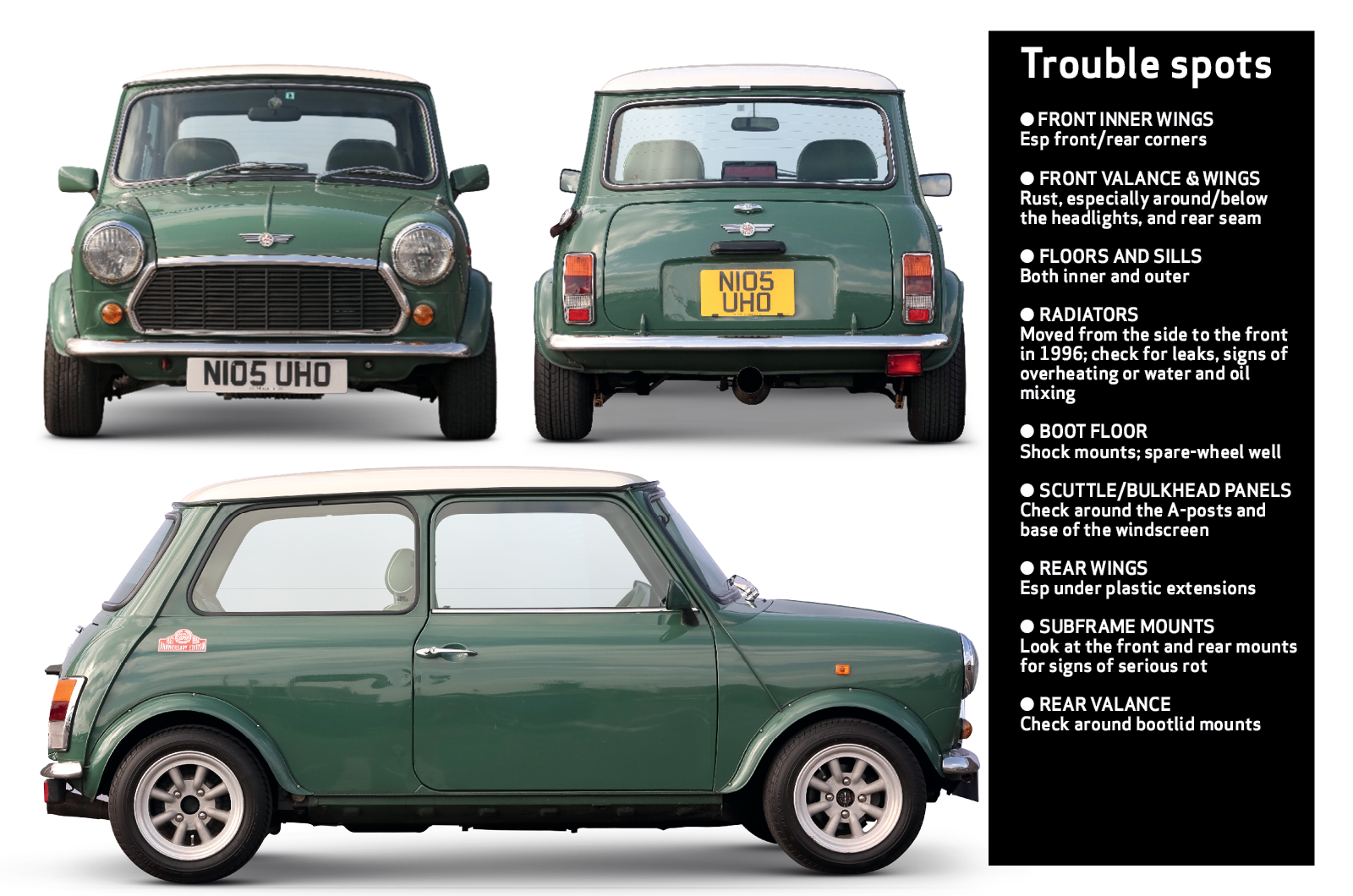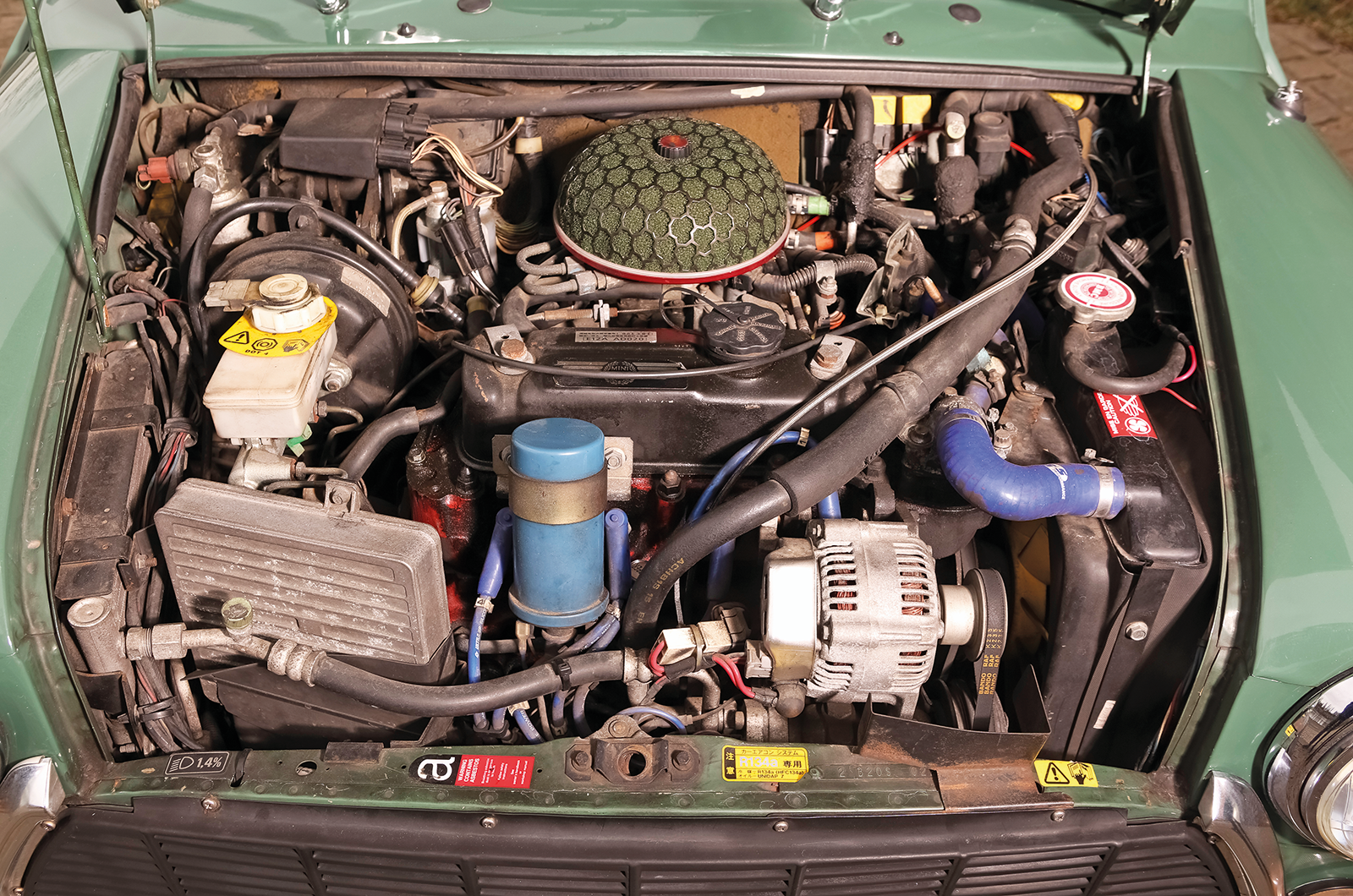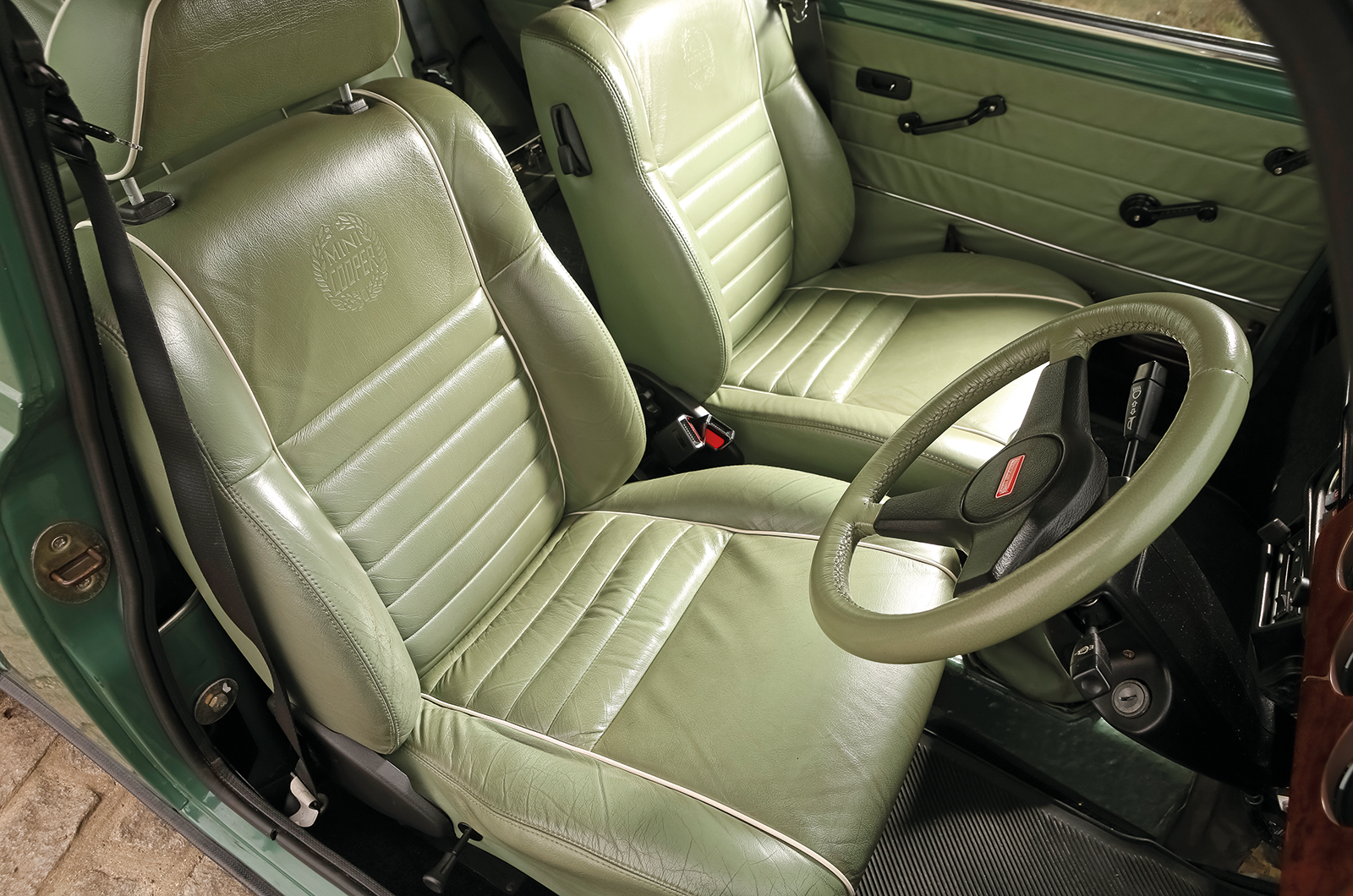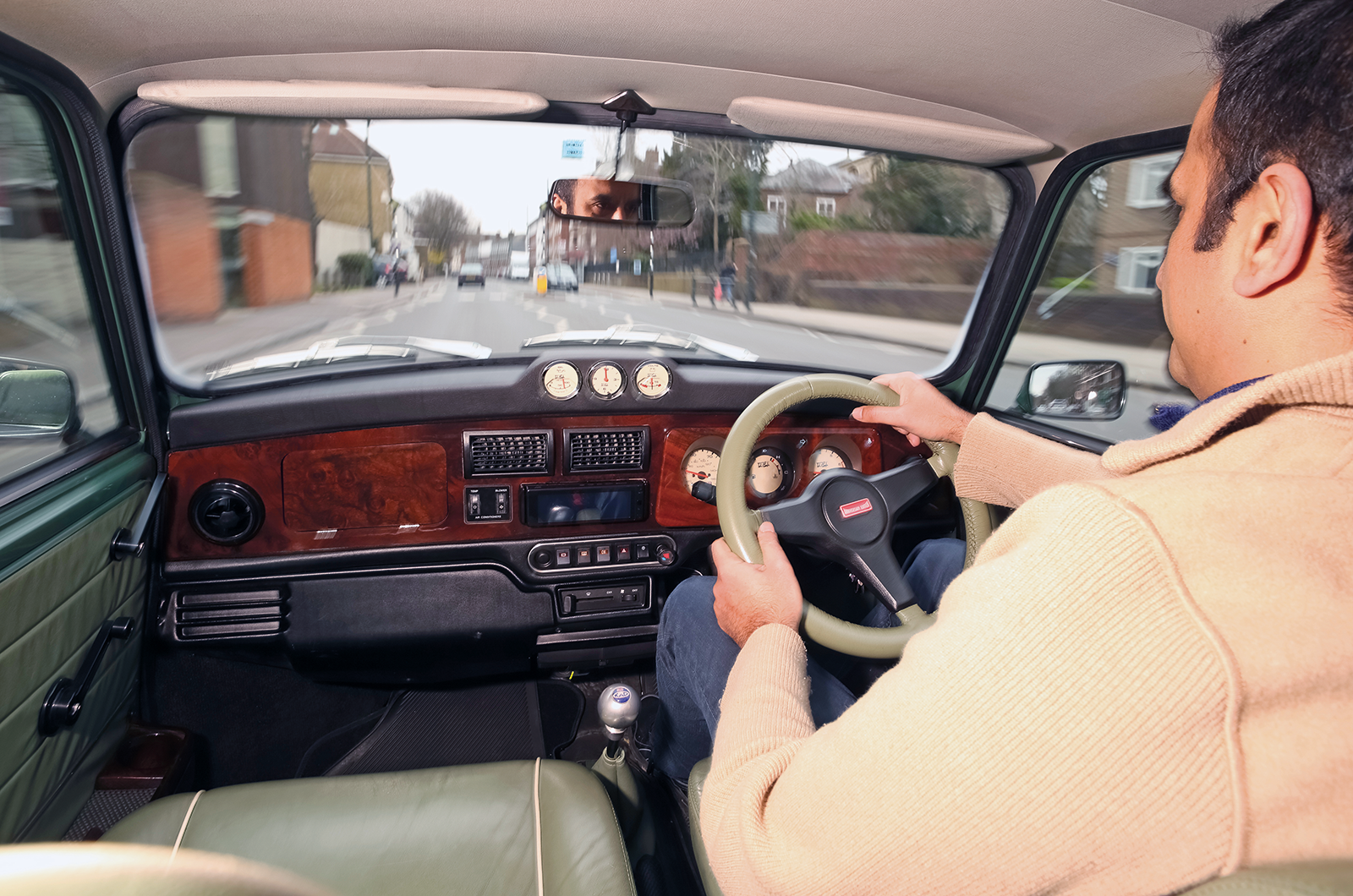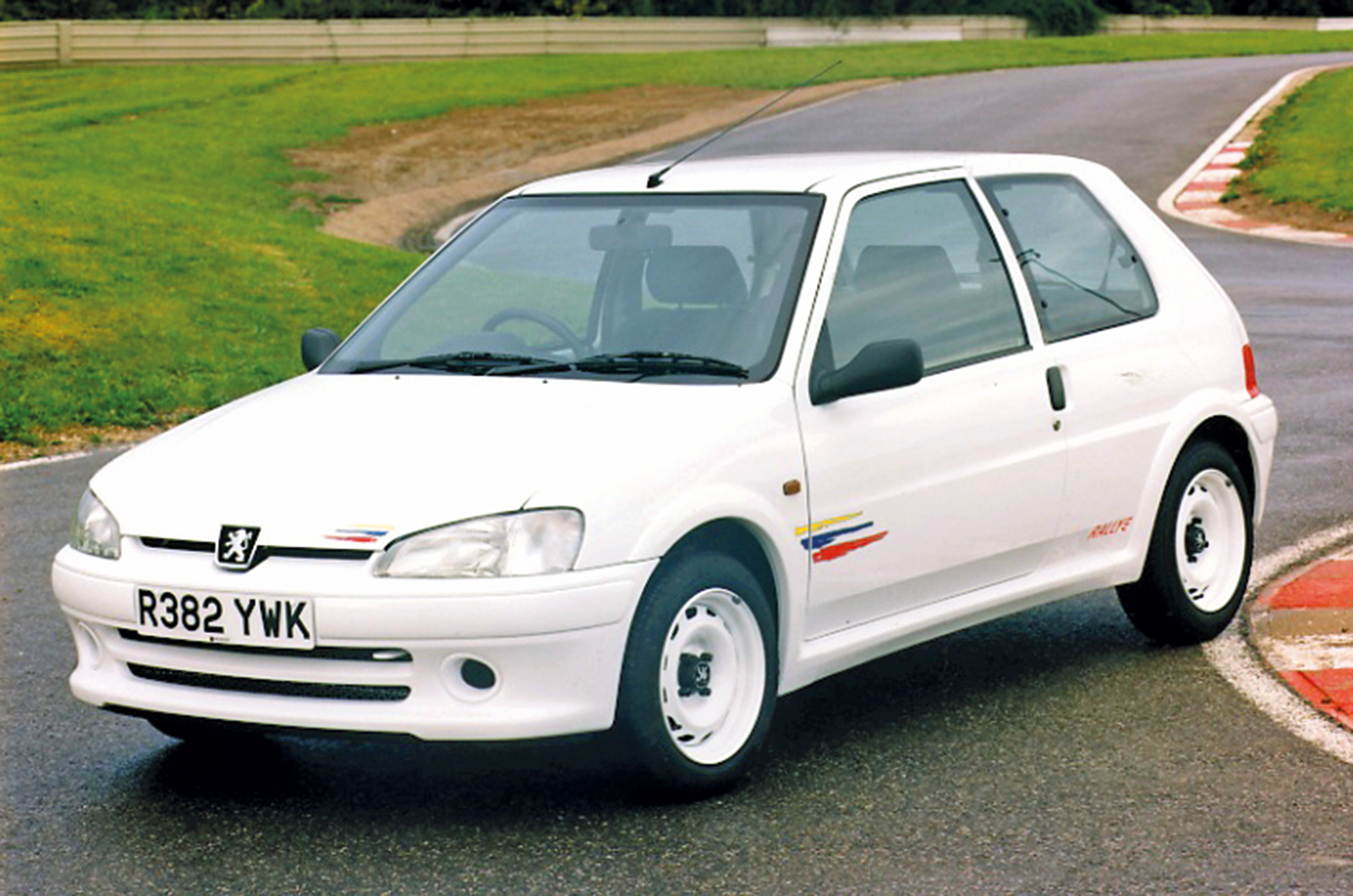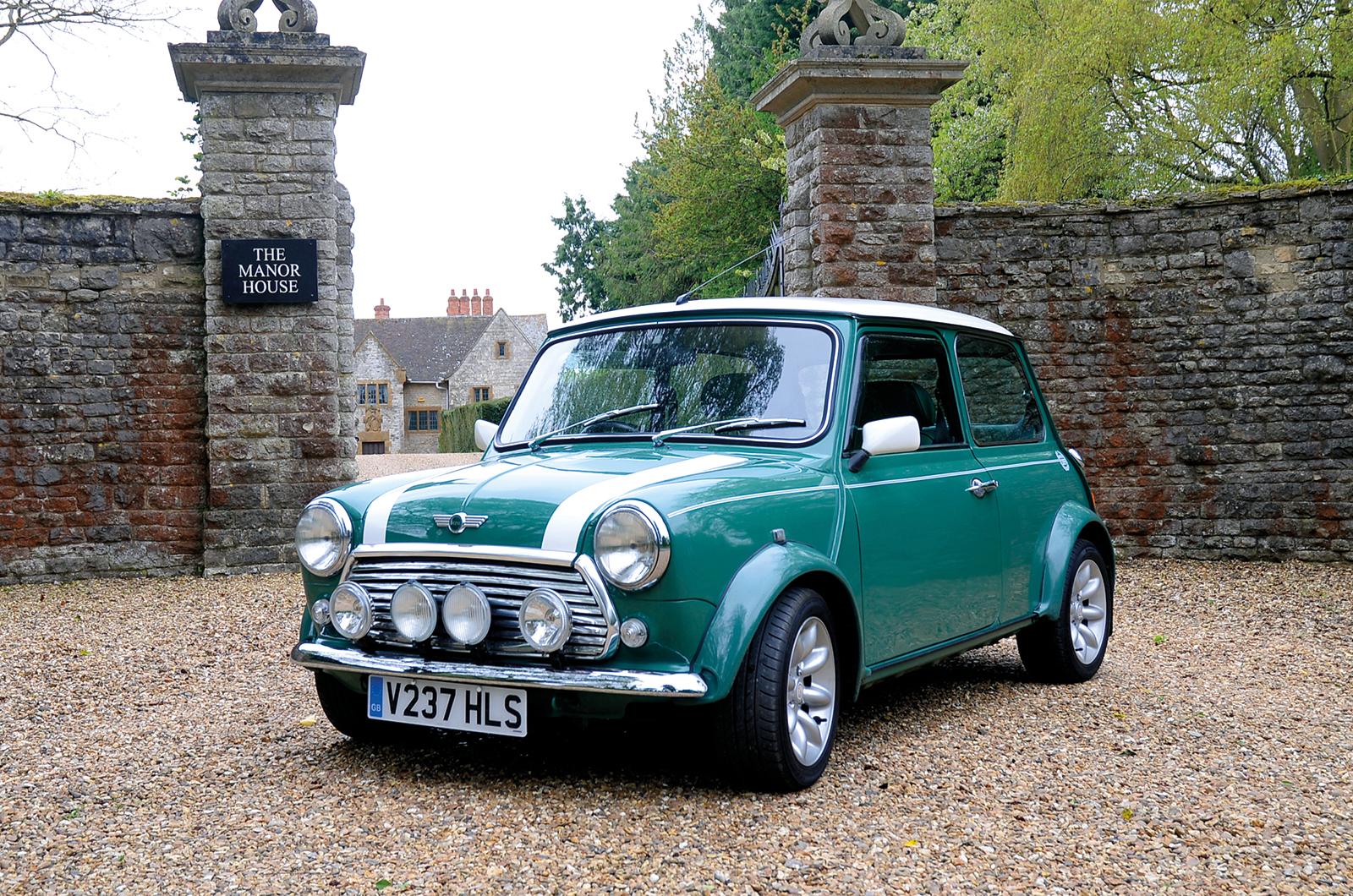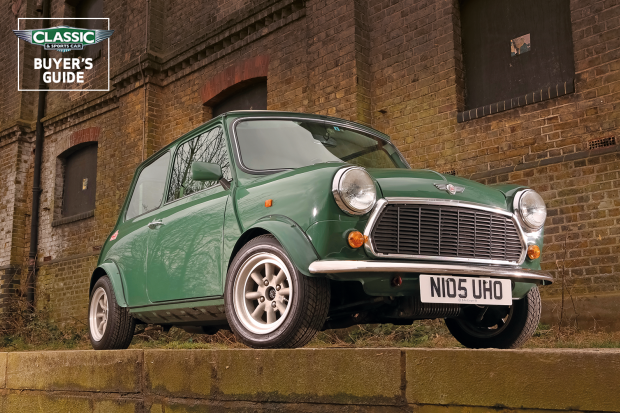
Why you’d want one
The launch of the Metro – which was meant to replace the Mini – led to the 22-year old legend being reduced to just three 1000 models: the base City, the upgraded HL and the HL Estate, the last retaining the Clubman front end.
It gained the A+ engine and improved transmission of the Metro and, while it was out of date in many respects, Motor concluded: “Its combination of diminutive dimensions, panoramic visibility, eager engine, snappy gearchange and scampering manoeuvrability still make it a cheekily effective town car which is great fun to drive.”
Vans and pick-ups were still built for fleets, and Moke production carried on in Australia, then Portugal from 1984. The Mini continued to make profits during the dark BL days, and demand, especially in Japan, kept it alive.

